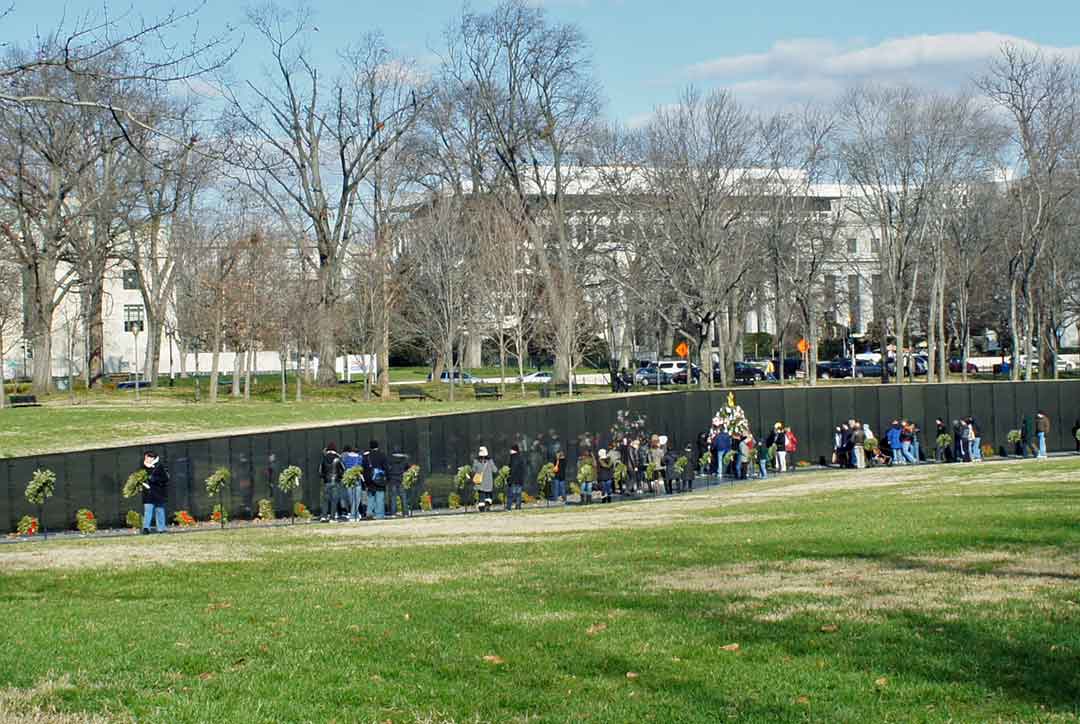
Order, nature, and the human spirit—some thoughts on placemaking
Out of a passage of masterful cinematography from the 2005 film, Memoirs of a Geisha, our eyes pursue the girl Chiyo Sakamoto, as she races through an arcade of orange torii that frame her in repetitive symmetry. It is a tunnel, but not a tunnel, ample and gently curving, rising and dipping, interspersing beams of sunlight with the shadows of dark-shinned pillars, and all the while filling us—vicarious chasers, with a thrill and a curiosity to see what sort of place these ten thousand gateways might lead to. Perhaps it will never end, thus dashing our hopes against the looped playback of an imaginative but isolated movie set. Or perhaps it will open up to a grassy hill and bamboo groves, where the meticulous tidiness of the Japanese landscape might be seen beneath us. The place leaves its imprint in memory; it beckons us to run between those same orange columns etched with black pictograms dedicated to the rice god. It delights us all the more when we discover that this setting actually exists. It is the Fushimi Inari Shrine in Kyoto, the ancient seat of Imperial Nippon.
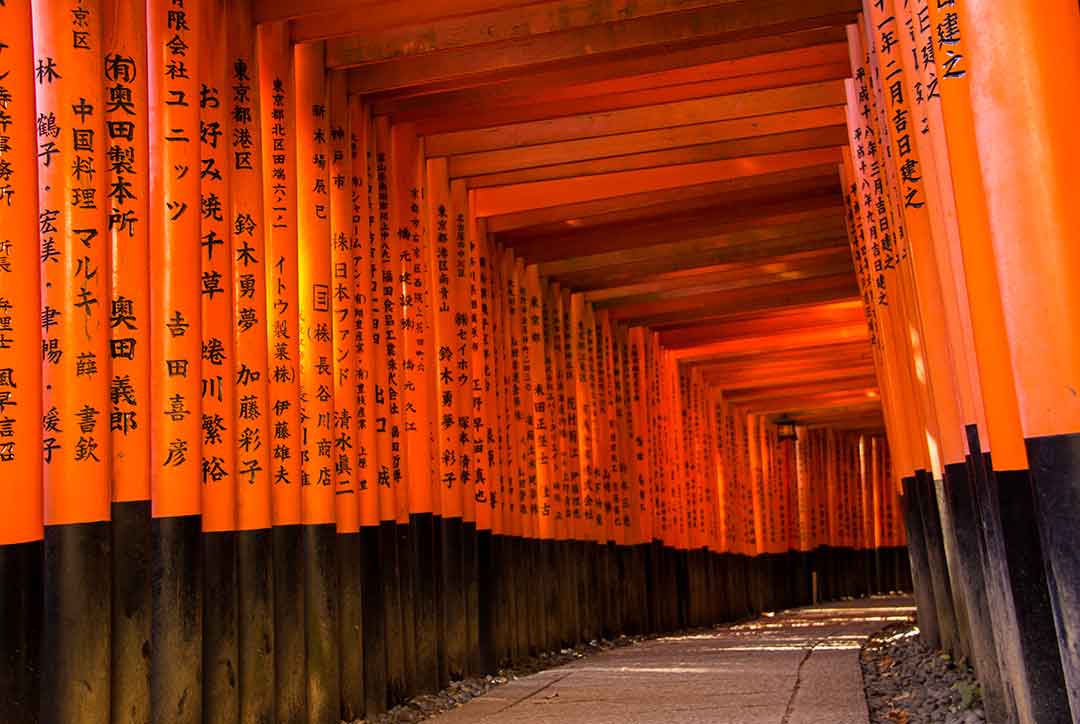
Such is the captivating nature of well-made places. Their elements cohere to express an unmistakable identity, consistent rhythms, and for some, an intangible sense of maternal succor: that is, a place where one will always feel secure, nourished and encouraged to grow. These places are not just self-serving local productions but are also welcoming sites that integrate visitors. Just as importantly, they are more than just “spaces” artfully formed out of materials and voids, or built-up knots in a string of geographic coordinates. They are animated by what scholars call the genius loci, or spirit of the place, which is… where the problem begins.
READ MORE: The politics and problems of placemaking in the Philippines
For academics and practitioners in the design and construction industries who agonize over how to achieve excellent placemaking, the essence of such vibrant locations is as elusive as the Roman protector-deity from whom the concept was derived. Many a young Dr. Frankenstein of the building profession can neither invoke nor incarnate that same élan vital that makes for distinct edifices, let alone great cities. They are the ones who resign themselves to becoming cookie-cutter architects or by-the-manual urban planners. In this essay, I shall discuss the situations by which real “places” are engendered, based on my own modest experience as a researcher of the urban condition. At the outset, I do assert that there is no absolute formula for the creation of exuberant places; they are like pudding, whose proof is in the eating, though the geomancers and condominium capitalists may declare otherwise. However, there are visible and palpable elements that suggest promising places, and there are negative characteristics of places that one must learn to recognize, in order to avoid. Lastly, I shall comment on the importance of human spontaneity in placemaking, all the while underscoring the need for public usages.
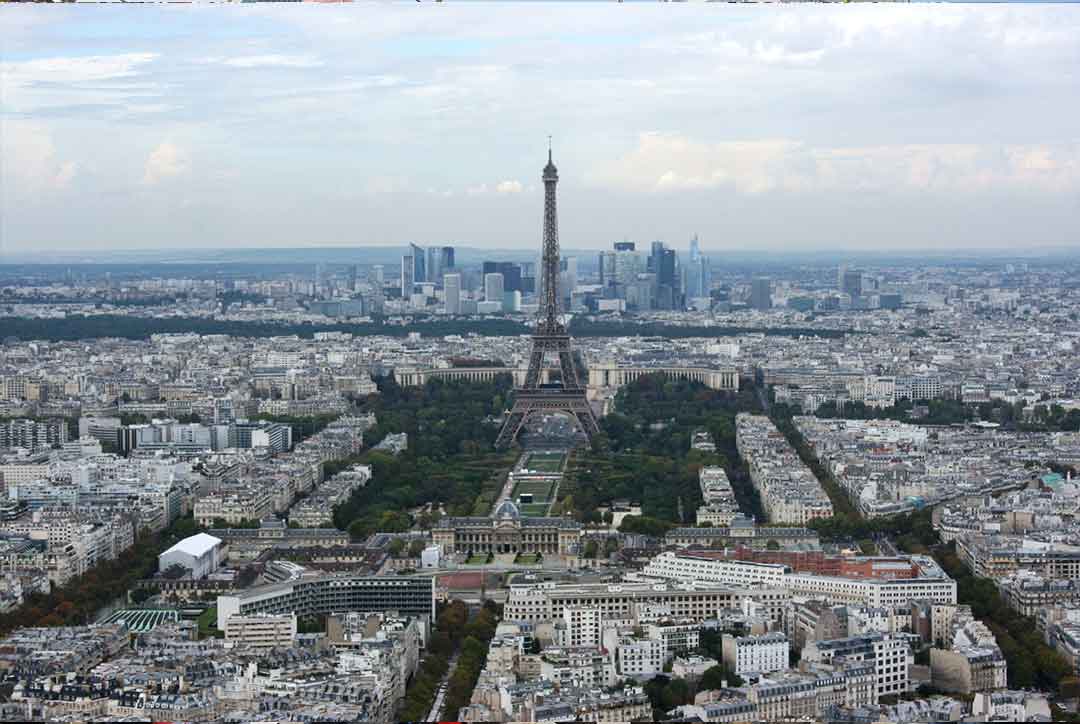
The builder’s hand: Human agency as the catalyst of place
Deliberate alteration of the environment in order to create beautiful places is the most common approach to placemaking and goes back as a principle of settlement layout at least 2500 years to the street grids of the ancient Greeks. It is the fruit of the rational and inventive mind, and lends itself to a host of influences from society: the formal schooling and background of the architect or planner, the economic capacity of a country to manufacture and import materials and technologies, and the political will of its leaders and market agents as well as their administrative mechanisms that are utilized to appropriate and manipulate space. This kind of placemaking is all about the aesthetic and orderly realization of lines, shapes, colors, functional relations and physical manifestations of power in habitable space, and has given us the likes of Paris with its iconic Tour Eiffel, as well as Dubai, with its Burj Al-Arab and Palm Jumeirah.
After the project work is done however, it is the human agency that is required for physical upkeep, security and further improvement of exemplary places. For example, Singapore’s efficient and tidy multi-ethnic neighborhoods are stitched together by an unseen but alert regulatory regime, just as the convenience of London’s tourist-saturated center is reputedly one of the most densely monitored by surveillance cameras. Placemaking then is no happy accident in the world’s most famous cities. It is a serious and willful shaping of space to conform to sometimes hazily predetermined ideals, amid competing intentions by other would-be builders. From a more mundane perspective, placemaking (and place maintenance) is the bread and butter of many salarymen and entrepreneurs, thereby sustaining itself by giving opportunities for profit from new construction and reconstruction, until such time that a magnum opus arises, and the immediate neighborhood, if not the whole city, becomes edified by the presence of a complex with superior qualities.
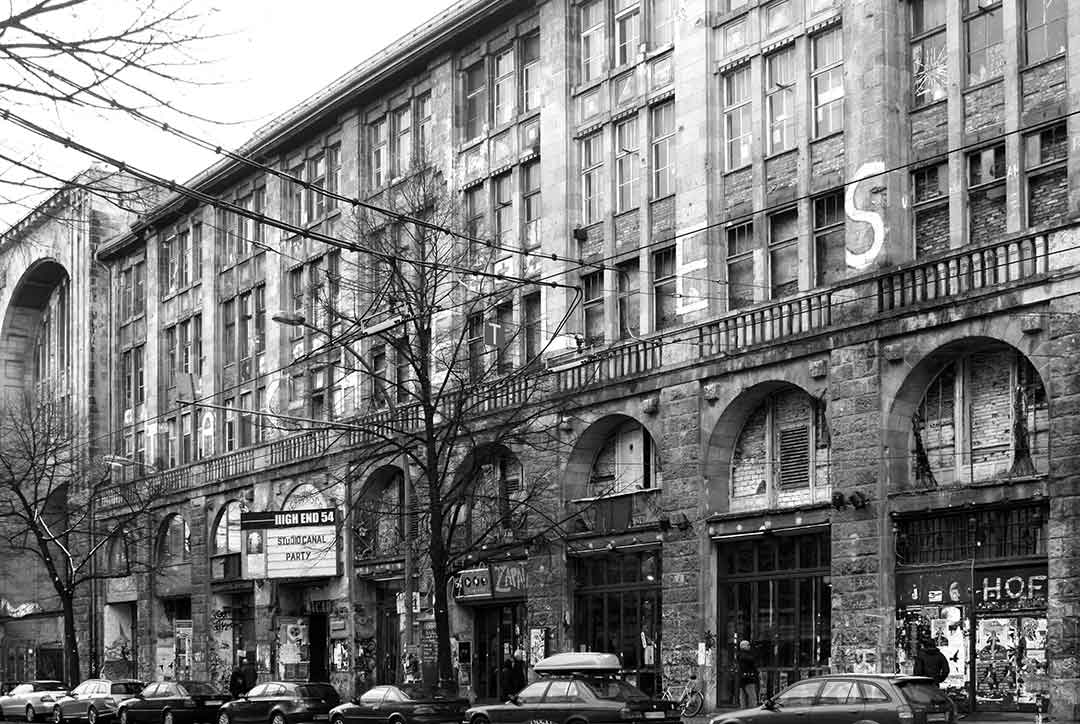
The same urge to leave humankind’s orderly mark on the raw surface of the Earth is, however, also a limitation of this kind of planned placemaking. It can be overdone or cater to a narrow segment of society, especially where a subtle orthodoxy has been pre-established by other means, yet goes unrecognized by the overzealous planner or the boorish investor. Kunsthaus Tacheles, for example, was a derelict building from the early 1900s and was taken over by artists who self-organized domiciliary arrangements in Berlin after the German Reunification. Partly demolished in 2012 after being passed from one private firm to another, the tenement’s latest owner retained strategic sections, which are slated for an artsy-redevelopment that condescends to nod to the building’s past charms. It is one example of how commercial interests were able to ease out previous residents and impose notions of when and where art should be displayed, and, consequently, how a place should be made or made up.
READ MORE: What does inclusive street design look like?
At other times, placemaking of the prescriptive kind becomes mandatory, as in the case of heritage sites and areas that potentially contribute to a nation’s cultural patrimony. The fact that a structure has survived from a romanticized era, or holds historic significance in the collective imagination does not automatically make it a well-made place, however, especially if it has been neglected and misused. Such heritage sites require delineation and restoration as a minimum and often demand that decision-makers cultivate a spatial appreciation of vistas and dramatic approaches. One of my favorite examples is the Vietnam War Memorial in Washington D.C., whose austere lines deftly slipped into the landscape stab me with the weight of all those names of fallen soldiers. Sadly, many Filipinos have not yet imbibed this appreciation of the complementarity of the milieu in placemaking, hence the present conflict between real estate developers and heritage enthusiasts over a couple of visually-intrusive edifices in Metro Manila. The recognition of surroundings leads us to the next set of factors by which memorable places are built: through studied non-exertion when less is more.

An apprentice in Nature’s workshop: Lightness, emptiness, and resonance as tools
Some of the world’s finest places are masterpieces of Mother Nature, to which human access-ways and facilities have been appended by designers who must consider themselves no more than apprentices to the Great Craftsman who carves valleys and stacks mountains. After all, how can one duplicate the spareness of quaint villages mirrored by pristine waters in England’s Lake District or the Swiss town of Zermatt without the Matterhorn (that’s the mountain of the Toblerone chocolate bar)? The key to unlocking the magic of such places is to recognize that the designer’s job is respectful non-intervention: the environment has provided the attraction, and one need not—in some cases, cannot, embellish it more without ruining others’ experience-of-place. Landscape architects and environmental engineers are more familiar with these kinds of tall orders: to touch a place lightly, to use non-built spaces to enhance personal elation and functionality, and to ensure that what is built resonates with the landscape. Add-on structures should not jar, overwhelm, diminish or corrupt the authenticity of the touchstone.
READ MORE: How do we make sure Asia’s megacities are healthy cities?
How then does one develop this Zen approach to placemaking? To answer this, I’d like to borrow from the martial artists: one should seek to return to the beginner’s mind; that is, to mindfully observe everything with new eyes. This would mean pushing aside theories and textbooks, at least temporarily, in order to unshackle oneself from the tendency to be too normative. By doing so, one becomes open to seeing and accepting possibilities for creative placemaking, which ought to be responsive to the environment as well. But the designer-cum-builder does not stop here; it is necessary to convey his expansive view to the client and to persuade the latter of the merits of minimalist placemaking. Where the client might see only the potential for tightly packed rows of beachfront condominiums, the architect might advocate a promenade linking a city center park to the coastline, sprinkled with sculptures and view-decks. This is the difference between Benidorm and Barcelona, both in Spain. Of course, the exhortation to “design with nature” has been a standard refrain in classrooms at least since McHarg’s publication of his 1969 classic of the same name—and in fairness to our readers, is oft heeded at a rudimentary level. But how many practitioners really do traverse their potential site night and day, returning to view it from different angles, reading up on native flora and fauna, habitat ecology, geomorphology, and climate change, especially if they do not have the luxury of time or the means to hire environmental consultants? A precious few perhaps hence follows the dearth of places attuned to natural platforms.

Following the march of time: Flows and cumulative movement in city space
A third element that determines whether a place will become successful is its ability to absorb, transform, or withstand the various moving energies that interpenetrate it over time—time contemplated here as stretching far beyond the lifetime of the place’s originator. While the competent and conscientious planner does anticipate movements of people, vehicles, and goods between points, there are other flows that should either be channeled elsewhere or be allowed to pass unimpeded. The builders of Venice and Amsterdam understood this when they erected cities in swampy deltas where trade, as well as tides, dictated slender home-and-store combinations, locks and elegant bridges. As another example, the passage of office workers can be funneled through a garden as well as a shopping strip, as Amanda Burden of TED Talks (2014) fame demonstrated in the cases of Paley Park and the High Line in New York. In some cases, the flows are not so obvious, because they are the result of a cumulative land use process that cannot be rushed: the picturesque towns of Tuscany and over two thousand brick temples in Bagan, Myanmar, achieved their charming uniformity of texture and hue due to the usage of locally-sourced building materials by most of the long-time residents and patrons.
READ MORE: Harvard GSD Dean on why “sustainable” is not enough
One final important flow that is often present (but I think not an absolute essential) for placemaking is the flow of cash or its equivalents. Money begets capital, and vice versa, and having enough of it is needed to generate jobs, import necessities not locally available, ensure visitors’ security, and allow the city to grow. While many an attractive rural hamlet in Bali may be sustained by no more than the surrounding farmers’ income, one cannot deny that for a lot of the world’s top destinations, placemaking is a multi-million dollar affair. In some locations, the products of economic advancement must be used to fight that curse that comes with the passing of time: decay and the eclipsing of strong place identity due to externalities or outright competition. It is to these challenges that we now turn.

Placeless-ness and mediocrity in building
And what of those places that do not make it to the A-List? Are they automatically condemned as errors for deletion? Not necessarily so. On the one hand, we are faced instead with a spectrum of insipid but recoverable structures that can be improved. On the other hand, one only needs to reverse the logic of my earlier exposition: a place that lacks identity and appeal is usually one that is lacking in explicit or implicit order. It is illegible, uninviting and insecure for all but its most toughened habitués, and does not connect meaningfully and functionally to the natural advantages of its environment. Ho-hum buildings and factory-produced socialized housing subdivisions approximate placeless-ness, until they are bestowed uniqueness by their occupants. Nevertheless, they are still subject to negative flows and blockages over time, such as capital flight, drug trafficking, waste accumulation, and ordinary wear and tear for which there is neither maintenance budget nor intent to stave off decay. In the end, such haunts do vanish and are built over. It is only while they linger that they become booby traps in the landscape.
READ MORE: Cycle City: What does it take to make bike lanes work?
Going no place: A necessary evil?
But a corollary question must be asked: What of those in-between spaces that necessarily connect familiar places? Are they “no-place” as well? If so, then it might seem odd to marvel at the complexity of Tokyo’s subways, whose main purpose is to get commuters to more interesting, multi-faceted destinations. Such linking-spaces, I argue, are a class in themselves and can stand as models of designed locations in their own right. It is here that theory and philosophy come in useful: those places might provisionally fall under Foucault’s (1967) heterotopia, those spaces of otherness that function outside hegemonic or fixed conditions. Or they might be explained by Oldenburg’s (2000) idea of the third place, the neutral ground between home and office, where social and democratic exchange thrives. Whichever way one wishes to portray them, these in-between places persist and assert themselves as products of design. They are subject to the will of the place maker, even if they rarely compete against more brilliant edifices. This is the broader reality of placemaking; it is an unequal field, where there is an incessant jostling to become the most magnetic location. For I know of no city on this Earth where one can walk from block to block, perpetually fascinated by the unlikely perfection of each adjacent structure. The human mind simply cannot take it all in. And with seven billion place-users on the planet, the ways by which individuals and groups apprehend the fineness of a place must be diverse indeed.
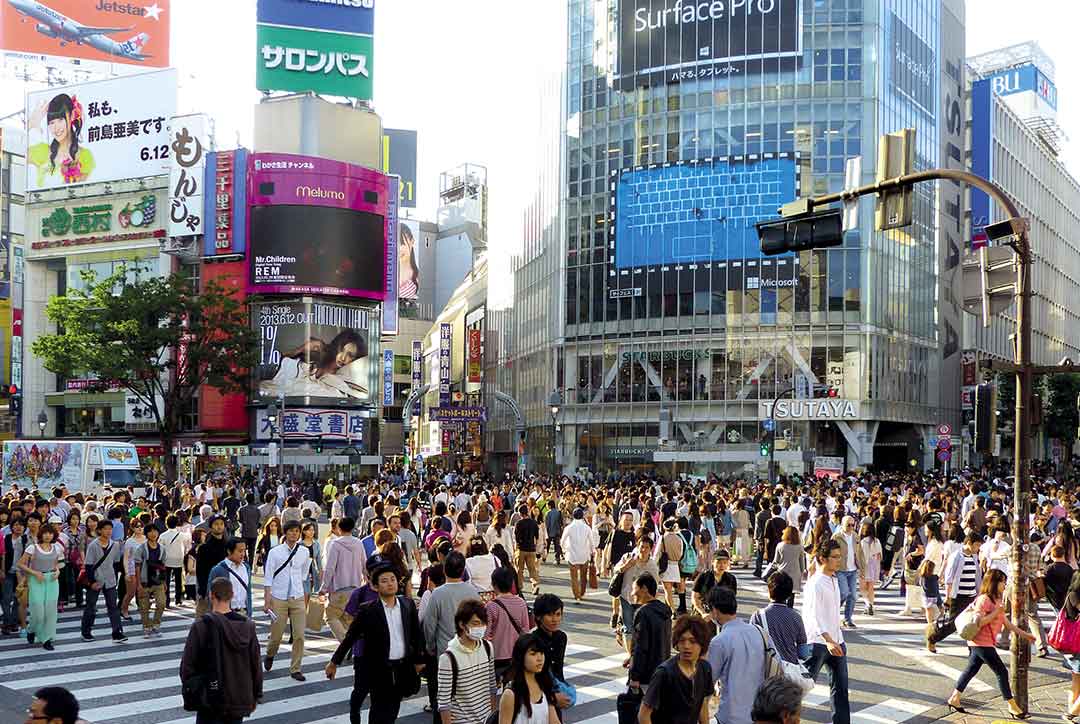
The affective element: Who likes this place anyway?
We come therefore to that other source of estimable placemaking: community, and its response to place creation. All locations, especially if they are meant to attract public admiration, are sustained by associations of people. These may be composed of the immediate neighborhood or may include active members in remote areas and upper tiers of government. They are the first and last arbiters of how and why the place shall look and function the way it does, and therefore also guide the designers and builders. This is one reason why in India, the Karni Mata temple dedicated to rats (in which thousands of rodents are fed daily) might seem perfectly normal—even sacred to residents, but repulsive to foreigners. The foregrounding of the community as a foundation of placemaking is also one reason why the New Urbanism of the 1990s encouraged resident diversity and an affordable choice of aggregate dwellings in its projects. Somehow, it was envisioned that inhabitants would socialize and commit themselves to better their environs. Moreover, development literature reminds us that promoting such a healthy mix of different inhabitants is not only the lifeblood of vigorous places, but also discourages polarization along ethnic, religious, and political lines.
READ MORE: Can we really design discipline into our “nakamamatay” streets?
I realized the value of this psycho-emotional investment during my own visit to Letchworth a couple of years ago, possessed by the naïve expectation that this first, historic Garden City would jump out of the books for me and reveal itself in all its 3-D glory. But I had arrived on a Sunday, and the streets were deserted, except for the small crowd that had gathered to lay wreaths and poppies on Remembrance Day. The city was clean and pretty enough, even if the spirit of Ebenezer Howard did not come upon me and send me all a-shiver to walk the verdant symmetry of his iconic town. But as proven by Letchworth’s museums and boutiques, I have realized in retrospect that the local residents must be immensely proud of this urban venture that has been emulated in different countries throughout the ages.
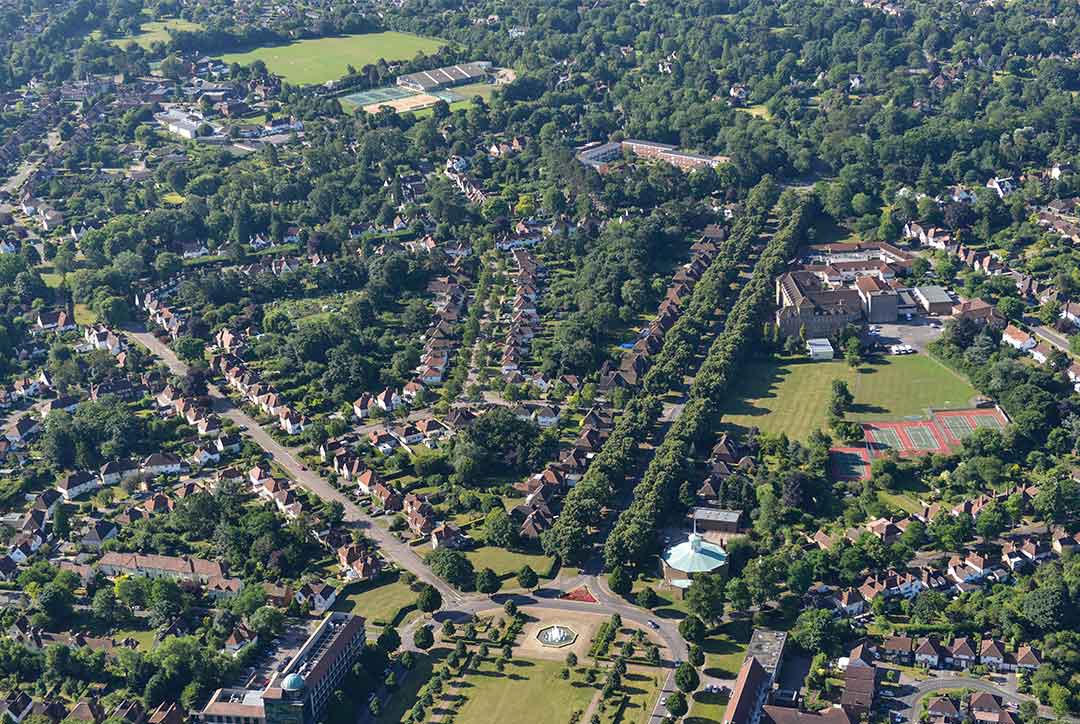
Getting comfy with unpredictability
In closing, I wish to repeat the importance of working comfortably with the human dynamic in placemaking. As I often tell my students, cities are places where one will encounter the best and worst of Humanity, and it is up to the design and building professionals to adapt and do their part in influencing the physical and behavioral outcomes so that a more positive and invigorating environment prevails. This is imperative in a world that just passed the 50% urbanization mark because placemaking will more frequently happen in cities, where young people and migrants will inadvertently transgress convention as they try claim places for themselves. Diners and hawkers will crowd out sidewalks, businessmen will gobble up land for billboards and skyscrapers, bums will doze on park benches, schoolboys will play hooky in Internet arcades, party-goers will revel on rooftops and in abandoned warehouses, and tourists will lose themselves in the maze of subways and signs written in languages they cannot read. Such unexpected usages need not always be censured. Rather, the architect and planner could look into the redesign and physical refinements that permit creative reuse of chosen places, flexible zoning, and technological adjustments. After all, it is not the individuals who must conform to the limits of a structure, but rather the structure, that should accommodate and express the ever-changing needs and aspirations of citizens, in harmony with nature and all its fluxes. This is what superb placemaking is all about.![]()
This article is first published in BluPrint Volume 5 2015. Edits were made for BluPrint online.
READ MORE: Revitalizing Downtown Iloilo: The Push for City-wide Initiatives


